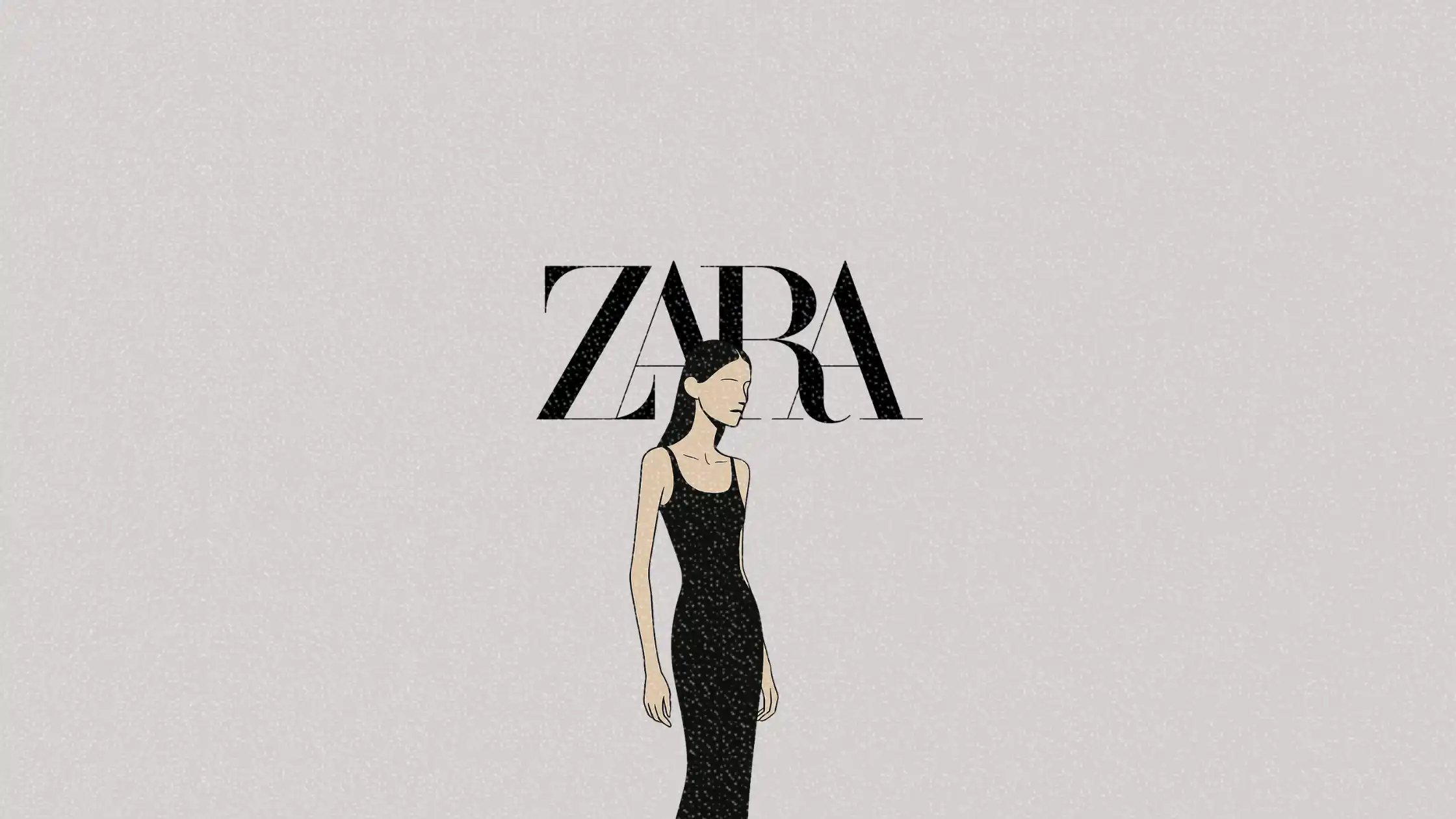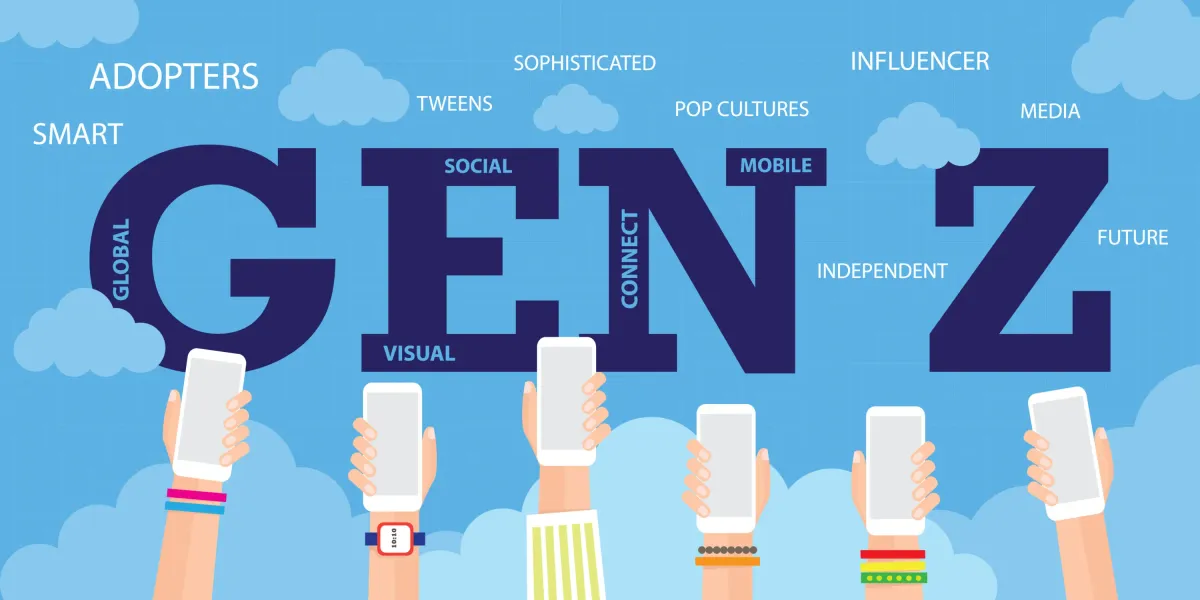Zara ads banned in the UK for unhealthy body image portrayal
Two Zara ads banned in the UK for showing “unhealthily thin” models. Here’s what brand and PR teams should take away.

Two Zara advertisements have been banned by the UK’s Advertising Standards Authority (ASA) after an investigation concluded the images irresponsibly portrayed "unhealthily thin" models.
This ruling, announced in August 2025, adds to the mounting scrutiny fashion brands face around body image and advertising ethics.
This article explores what happened, how Zara responded, and what strategic lessons marketers and PR professionals should draw from the case, especially as brands walk a tightrope between aspirational aesthetics and responsible representation.
Short on time?
Here is a table of content for quick access:
- ASA bans two Zara ads for breaching social responsibility
- Why this matters: Body image, responsibility, and brand risk
- What marketers should know

ASA bans two Zara ads for breaching social responsibility
The ASA’s investigation focused on four product images featured on Zara’s UK website in May 2025. Two of the images, one showing a model in an oversized pocket shirt and another in a short voluminous dress, were found to breach the UK advertising code's rules around social responsibility.
The ruling stated that the models’ styling, poses, and lighting exaggerated features like protruding collarbones and gaunt facial structure, contributing to an overall impression of unhealthy thinness. The ASA concluded that the ads could negatively impact viewers, especially young women, and ordered that they not appear again in their current form.
Two other images from the same campaign were cleared. In those cases, the ASA determined that while the models were slim, the portrayal did not suggest an unhealthy body image.
Zara responded by saying that all models in the campaign had been medically certified as healthy, citing compliance with the UK's “Fashioning a healthy future” guidelines. The brand also stated that the images were only lightly edited and were removed immediately following the complaint.
Why this matters: Body image, responsibility, and brand risk
This ruling is more than just a regulatory slap on the wrist. It reflects growing institutional and public intolerance for content that may glamorize unhealthy body types. The issue has direct implications for brand equity, public relations, and campaign compliance.
Zara is not alone in this scrutiny. Earlier in 2024, Calvin Klein faced a temporary ad ban when the ASA flagged a campaign featuring FKA Twigs for “irresponsible objectification.” That decision was later reversed after backlash and artistic defense from the artist herself. But the episode still served as a warning. Even iconic brands can misjudge tone and face reputational fallout.
Marketers working with fashion, beauty, and lifestyle brands are now operating in an environment where ethical representation is not just a consumer demand. It is a compliance requirement.
What marketers should know
Here’s how brand strategists and marketing leaders can stay ahead of the curve:
1. Compliance doesn’t end at casting
Zara followed the official guidance by ensuring models had medical clearance. But the ASA ruling shows that perception still matters. Even medically healthy models can appear unhealthily thin based on styling, pose, or lighting. Always evaluate images through a public lens, not just a compliance checklist.
2. Reputation risk is bigger than legal risk
A brand’s visual language says as much about its values as its products. What might pass internal creative review can still provoke public backlash. Make room in your workflow for external sensitivity checks, ideally involving people outside the core campaign team.
3. Creative teams need ethical guardrails
Marketers should provide clear, documented guidance for photographers, stylists, and art directors to avoid portrayals that could be interpreted as glamorizing unhealthy bodies. This is not just about body size. It includes facial expression, angles, lighting, and wardrobe styling.
4. Use tools to screen and assess visual content
AI tools such as Microsoft’s Content Moderation API or Catch&Release’s visual compliance tech can help flag content that may breach body image sensitivity guidelines. These tools will not replace human judgment, but they add an important layer of review.
5. Prepare for public pushback before it happens
Crisis planning is not just for full-blown scandals. A fast, transparent response to sensitive feedback can defuse a situation before it spirals. Zara’s quick removal of the ads helped contain the fallout, but proactive planning could have prevented the issue in the first place.
The ASA’s decision on Zara’s ads reinforces a trend that marketers cannot afford to ignore. The line between aspirational and irresponsible is increasingly defined by public and regulatory standards, not just brand identity.
As marketers compete for attention in visual-first platforms like Instagram and TikTok, the pressure to stand out must be balanced by a deep responsibility to represent people ethically. The brands that get this balance right will not only avoid bans and backlash. They will earn trust.




